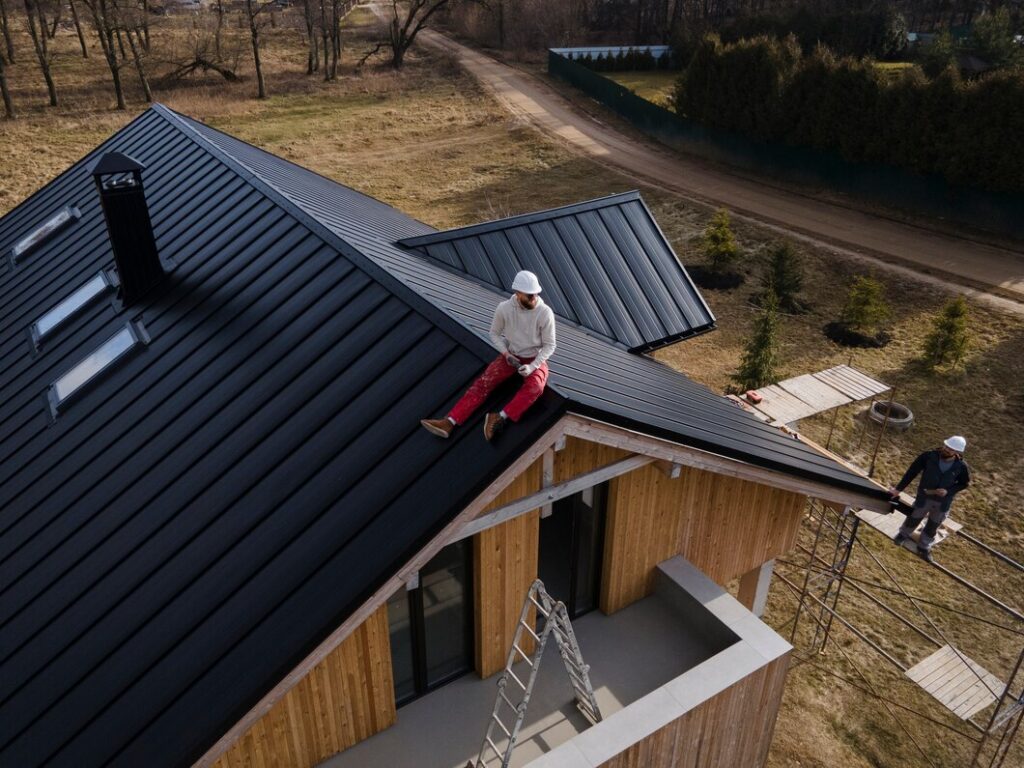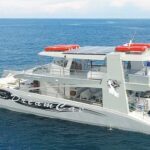Efficient Hot Roof Design | Superior Insulation Solutions
The quest for innovation is unceasing within the dynamic landscape of contemporary architecture and residential design. Modern homeowners seek visually appealing structures and designs that elevate the living experience. Among the burgeoning trends capturing attention is incorporating “hot roof designs.
In this comprehensive exploration, we will delve into hot roof designs, shedding light on their advantages, their impact on well-being, the strategies for optimization, and the critical importance of authorized implementation. As we unravel the layers of this architectural evolution, the focus remains on creating a heightened and harmonious experience, ensuring homes are constructed and crafted for optimal living.

Understanding Hot Roof Designs
Hot roof designs depart from conventional roofing structures using advanced materials and strategic construction methods. Unlike traditional roofs, hot roof designs are geared towards maximizing energy efficiency, ensuring a comfortable living environment, and promoting sustainability. These designs often involve integrating insulation materials, reflective surfaces, and ventilation systems to regulate temperature effectively.
Experiencing the Thermal Difference
One of the primary advantages of hot roof designs lies in their transformative impact on the overall living experience. Imagine a home where temperature control is not solely dependent on artificial heating or cooling systems but is inherently managed through thoughtful architectural choices. Hot roof designs create a thermal equilibrium, ensuring an agreeable climate, paying little heed to outer weather patterns.
This experiential shift translates to a more enjoyable and adaptable living space. During the colder months, the insulation incorporated into hot roof designs prevents heat loss, creating a cosy interior without excessive reliance on heating systems. Conversely, in warmer seasons, reflective surfaces and adequate ventilation keep the interior cool and refreshing, fostering an environment that harmonizes with nature.
Healthful Living Spaces
The connection between home design and health is an emerging focus in contemporary architecture. Hot roof designs contribute significantly to the creation of healthful living spaces. By maintaining consistent and comfortable temperatures, these designs mitigate the risks associated with extreme temperature fluctuations, such as respiratory issues, allergies, and stress-related health concerns.
The insulation incorporated in hot roof designs goes about as an obstruction against dampness, forestalling the development of mould and mildew. This enhances air quality and ensures the indoor environment is conducive to overall well-being. As homeowners increasingly prioritize health-conscious choices, hot roof designs offer a compelling solution for those seeking homes that promote a wholesome lifestyle.
Optimization Strategies for Hot Roof Designs
Optimization is critical to fully harnessing the benefits of hot roof designs. Homeowners and architects must carefully consider factors such as local climate, building materials, and the specific needs of the inhabitants. Roof orientation, choice of insulation materials, and incorporation of green roofing elements are crucial aspects of the optimization process.
In warmer climates, the focus may be on maximizing reflective surfaces and implementing adequate ventilation to prevent heat buildup. Conversely, in colder regions, emphasis may be placed on insulation materials with higher thermal resistance. A well-optimized hot roof design aligns seamlessly with its surroundings, ensuring efficiency and comfort year-round.
Authorized Implementation and Compliance
As the popularity of hot roof designs grows, it is essential to underscore the significance of authorized implementation and compliance with building codes. While the benefits of these designs are numerous, their success is contingent on adherence to safety and structural standards.
Authorized implementation involves collaboration with certified architects and builders with the expertise to execute hot roof designs precisely. Compliance with local building regulations ensures that the home’s structural integrity is not compromised. Additionally, authorized implementation guarantees that the chosen materials and construction methods meet industry standards, assuring homeowners of a durable and safe living space.
Environmental Sustainability
Hot roof designs contribute to personal comfort and play a pivotal role in fostering environmental sustainability. These designs’ insulation materials and reflective surfaces contribute to reduced energy consumption. By limiting counterfeit warming and cooling requirements, homeowners can lower their carbon footprint and add to the worldwide work to battle environmental change.
Additionally, incorporating green roofing elements, such as living roofs or solar panels, further enhances the eco-friendly profile of hot roof designs. These sustainable features benefit the environment and provide long-term cost savings for homeowners, making a hot roof design a financially prudent and environmentally responsible choice.
Economic Considerations
Initial Investment and Lifelong Savings
Delve into the upfront costs of implementing hot roof designs and highlight how they translate into substantial long-term savings through reduced utility bills.
Property Value Enhancement
Explore the positive impact of hot roof designs on property values, examining how sustainable and energy-efficient features contribute to heightened desirability in the real estate market.
Return on Investment (ROI)
Discuss the potential returns homeowners can anticipate as they invest in a hot roof design, emphasizing the financial gains from immediate savings and increased property value.
Financial Prudence in Sustainable Living
Showcase the economic wisdom of choosing hot roof designs as a financially prudent decision aligned with the broader trend towards sustainable living.
Energy-Efficient Technologies
Highlight the integration of intelligent technologies in hot roof designs, showcasing how these innovations contribute to further economic benefits through optimized energy usage and reduced operational costs.
In examining the economic considerations of hot roof designs, it becomes evident that the initial investment yields many financial advantages, positioning these designs as a modern architectural choice and a savvy economic decision for homeowners.
Technology Integration for Smart Roofing
The evolution of hot roof designs is closely aligned with the integration of smart home technology. Homeowners can now leverage advanced technologies to monitor and control various aspects of their hot roof systems. Smart thermostats, sensors, and automated ventilation systems can seamlessly integrate into hot roof designs, allowing real-time adjustments based on weather conditions and occupancy.
This integration enhances the convenience of managing the home environment and contributes to further energy savings. Monitoring and optimizing temperature control remotely ensures that homeowners have maximum control over their living spaces, promoting a technologically advanced and interconnected lifestyle.
Conclusion
In conclusion, the trajectory of home design is experiencing a significant shift towards hot roof designs, marking a transformative chapter in modern living. As we consider the holistic advantages, including elevated comfort, sustainable practices, and economic benefits, it becomes evident that hot roof designs are more than a mere architectural choice—they are a commitment to a better, more interconnected way of living.
As economic considerations align with environmental responsibility and technology seamlessly integrates with roofing systems, the future promises shelter and an evolved experience within our homes. The longevity and minimal maintenance requirements of hot roof designs underscore their resilience, offering homeowners not just a dwelling but a lasting investment.



